Next Gen Regen: Becky Weed on Building Resilient Agroecosystems
 Print This Post
Print This Post
By Linda Poole, Regenerative Grazing Specialist
Thirty-five years ago, Becky Weed and Dave Tyler left successful careers to start a farm in Montana’s Gallatin Valley. As first-generation farmers, “Dave and I didn’t know our heads from a hole in the ground, but we wanted to merge our interest in conservation and ecological systems with jobs in agriculture,” recalled Becky.
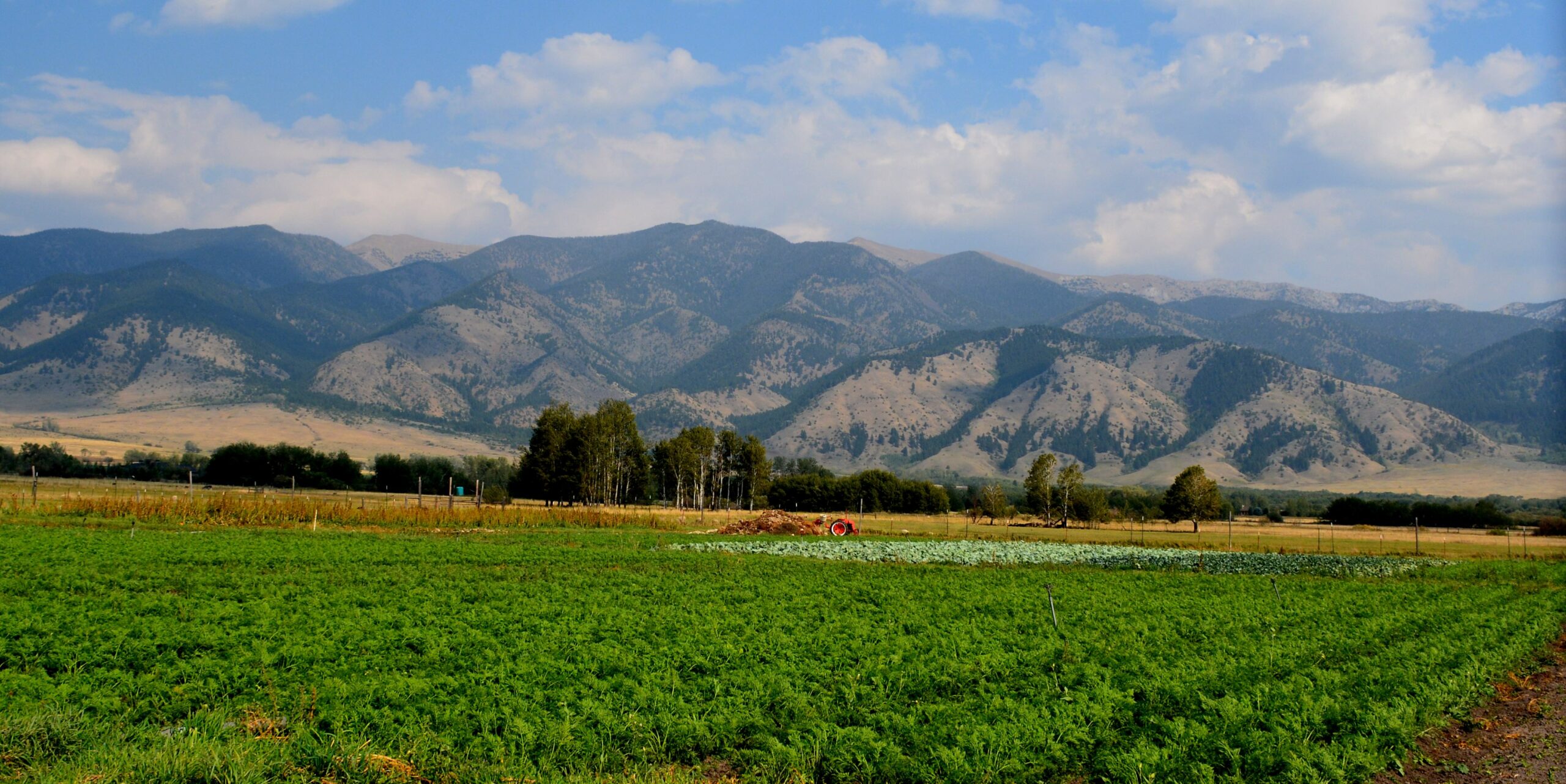
Thirteen Mile Farm. Photo: Linda Poole, NCAT
Their 216-acre Thirteen Mile Farm of loamy soils and clear flowing streams lies at the toe of an alluvial fan of the Bridger Mountains, which teem with iconic wildlife. Ribbons of riparian trees and shrubs unfurl from the mountains across the valley floor, leafy lifelines for free-roaming wildlife that both enrich and endanger the agricultural components of the farm. Farming in harmony with wild nature is the aspiration of this operation, although the realities of encroaching suburbia make that an elusive goal.
Becky and Dave run 80 longwool ewes, sometimes adding grassfed beef and pastured poultry. They put up their own hay and are working with younger farmers to expand vegetable production – all certified organic and managed regeneratively. This effort to stack and integrate enterprises aims toward more solid financial returns along with ongoing improvement in farm condition.
I visited Thirteen Mile Farm on the cusp of autumn when the first killing frost had Becky racing to harvest bountiful squash, heirloom tomatoes, and herbs. She stole a few hours to walk her farm with me while our stock dogs cavorted across grassy fields. Sharing the beauty and wisdom I found here requires video – coming soon! – but highlights of Becky’s thoughts on planning for the next generation in regenerative agriculture include:
- The term regenerative agriculture has become such a buzzword that I tend to lean towards terms like agroecology instead. For us, that’s learning to ranch with carnivores, committing to farming without chemicals, protecting riparian zones so hydrologic systems function resiliently, raising sheep naturally suited to our environment and resistant to internal parasites, and making use of natural encroachment by native plants to provide shade for livestock and habitat for birds and insects that make a healthier vegetable cropping system, etc.
- If we have to exterminate local wild species, should we really be ranching?
- I started to think about what it meant to live with native wild species, the issues of healthy rural economies, and how these things could be compatible. . . agricultural lands not as ecological sacrifice zones but instead as part of fully functioning landscapes.
- The kind of farming that works best for ecosystems is farming that mimics ecosystems. We need diversity in our farms, our communities, and on our lunch tables just like we need it in gardens and forests.
- We need vibrant food systems that are more resilient and less dependent on national and international commodity systems. That might mean more collaborative living and farming spaces, integrating different businesses on the same piece of land where one person might run livestock, but the crop people really value the livestock for their role in building soil fertility
- There’s wonderful foment swirling around about adaptation to climate change, carbon sequestration, ecologically sustainable ranching, and so on. But if we indulge in single-variable focus on carbon cycles in agricultural landscapes, we risk losing sight of essential connected necessities: models of land tenure that enable more human access to land for growing both diverse food and diverse communities, by people who grasp the interconnectedness of problems ranging from income inequality to climate change to geopolitical instability to food insecurity. All these things are interrelated.
- The Earth is the final arbiter. If we can’t find ways to function that are compatible with natural systems – hydrologic systems, mammalian migration systems, all the different systems that make the world go round—ultimately, we’ll fail. We need to “farm as if nature matters.” It surely does.
Related Resources:
Agriculture, Climate Change and Carbon Sequestration
Climate Change Is Transforming How Our Food Gets From Farm To Table
This blog is produced by the National Center for Appropriate Technology through the ATTRA Sustainable Agriculture program, under a cooperative agreement with USDA Rural Development. ATTRA.NCAT.ORG.


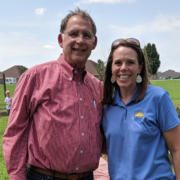
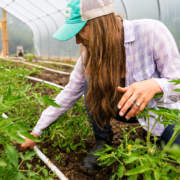 USDA NRCS Flickr
USDA NRCS Flickr
 Canva Pro
Canva Pro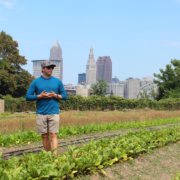 NCAT
NCAT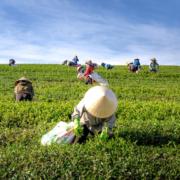

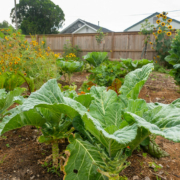 USDA by Kirsten Strough
USDA by Kirsten Strough

